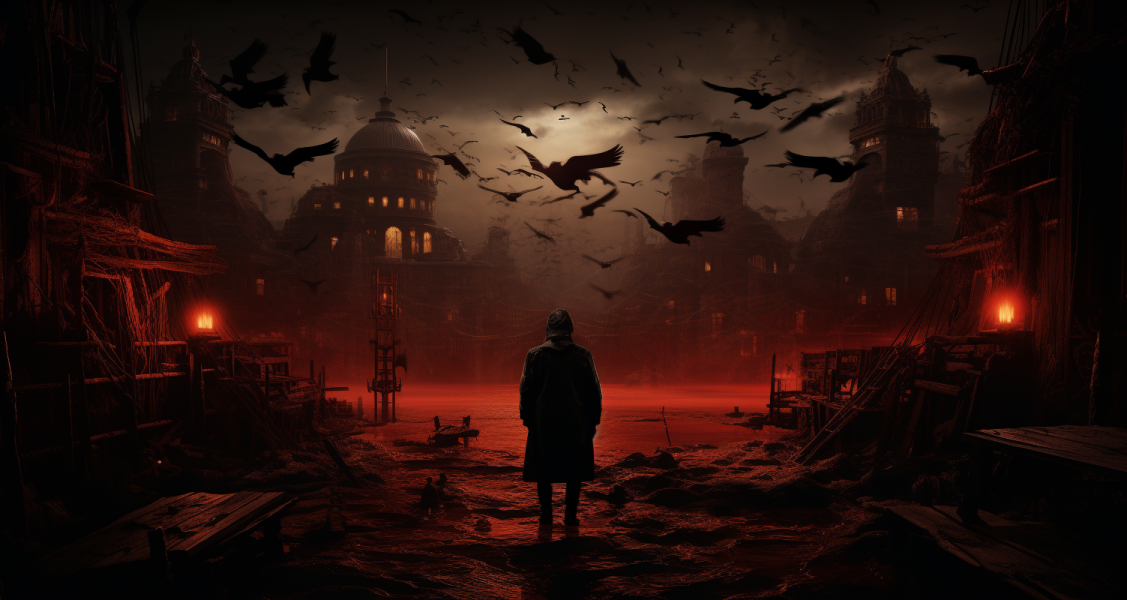In the realm of gaming, graphics design plays a pivotal role in creating immersive experiences. From the rudimentary pixels of retro games to the hyper-realistic visuals of today, the journey of game graphics is a testament to the blend of art and technology. Let’s delve into the evolution and artistry of game graphics design.
1. The Humble Beginnings: Pixel Art Era
- Overview: The early days of gaming were marked by pixel art, where designers used limited colors and resolutions.
- Iconic Example: “Pac-Man” with its simple yet distinct characters.
2. The Rise of 3D: Polygonal Graphics
- Overview: The 90s ushered in the era of 3D graphics, with polygons forming the basic structure of game objects.
- Iconic Example: “Super Mario 64” showcased a three-dimensional Mario navigating varied terrains.
3. Texture Mapping: Adding Depth and Detail
- Overview: Textures were overlaid on polygons, providing depth, detail, and realism to game environments.
- Iconic Example: “The Legend of Zelda: Ocarina of Time” with its richly detailed world.
4. Lighting and Shadows: Crafting Atmosphere
- Overview: Advanced lighting techniques brought dynamic shadows, reflections, and ambiance.
- Iconic Example: “Silent Hill 2” utilized atmospheric lighting to create its eerie mood.
5. Physics-Based Rendering: Realism Redefined
- Overview: Graphics design integrated with physics simulations to produce realistic movements, interactions, and effects.
- Iconic Example: “Half-Life 2” showcased materials reacting authentically to light.
6. Motion Capture: Breathing Life into Characters
- Overview: Capturing real-life movements allowed for fluid and lifelike character animations.
- Iconic Example: “The Last of Us” featured emotionally charged performances, elevating storytelling.
7. Ray Tracing: The Future of Game Graphics
- Overview: Ray tracing simulates the way light interacts with objects, resulting in stunning reflections, refractions, and global illumination.
- Iconic Example: “Cyberpunk 2077” displayed the bustling neon-lit streets with unparalleled realism.
The Role of Artists in Game Graphics: Behind every pixel and polygon, there’s an artist’s vision. Game graphics designers are storytellers, using visuals to:
- Narrate a Story: Setting the tone and mood of the game.
- Define Characters: Giving them personality, history, and depth.
- Craft Worlds: Building immersive environments for players to explore.
The art of game graphics design has come a long way, transforming virtual worlds into visual masterpieces. As technology continues to advance, the line between virtual and reality blurs, but the heart of game design remains rooted in artistic expression and storytelling.







